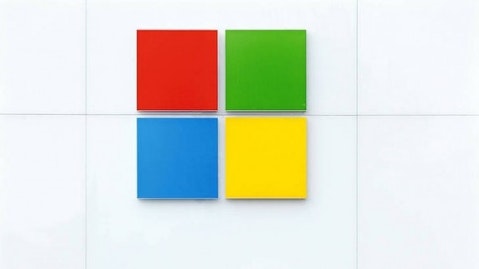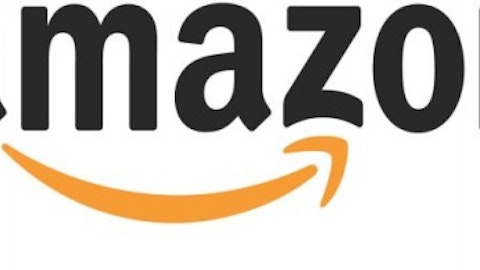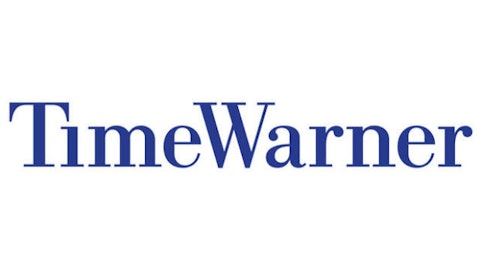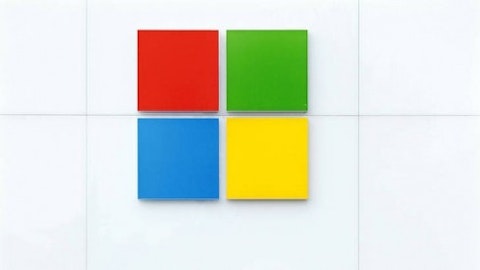When a company like Microsoft Corporation (NASDAQ:MSFT) throws $677 million into a single Iowa data center investors are supposed to cheer and think that Microsoft “gets” the cloud.
Investments like this are, in fact, evidence that companies do not get the cloud, and that they misunderstand the future direction of this technology.
A single large data center can handle virtualization, and it can scale jobs like Xbox downloads to handle demand. But it doesn’t provide the one thing most users will soon be demanding of their clouds – redundancy.
By contrast, Netflix (NASDAQ:NFLX) gets cloud. Their OpenConnect software, and their use of Amazon.com, Inc. (NASDAQ:AMZN) resources, are designed to allow both market experimentation and geographical dispersion of resources.
Netflix seeks redundancy
OpenConnect is used to help Netflix store copies of its movies in many different locations, close to consumers. This “caching” of content is almost as old as the Web – companies like Akamai were doing it in the 1990s. By making OpenConnect open source, Netflix assures that it can do this caching on whatever technology platform happens to be available, not just Amazon.com, Inc. (NASDAQ:AMZN)’s.
But depending on Amazon for new business lets the company scale, and close, those businesses at minimal cost. Amazon.com, Inc. (NASDAQ:AMZN)’s cloud is rented, so a company using it for new business gets to close up and walk away, at any point, with minimal cost to itself.
So far this year Netflix has more than doubled in value, to $212 per share, representing a market cap of $12 billion. Its most recently announced quarter, for March, showed year-over-year sales growth of about 20%, and on an annual basis revenues have more than doubled since 2009. Netflix has done all this while keeping debt relatively low, and it presently has enough cash and short-term investments to pay off all its long-term debt at once.
Microsoft has one big basket
Microsoft Corporation (NASDAQ:MSFT) has also been rising this year, and is presently 25% higher than it was in January. The company carries $11 billion in debt but lists $69 billion in short-term investments on its books.
Year-over-year revenue growth is 15%, and operating margins are back to their normal 33% after taking a dip during the marketing run-up to Windows 8.
Microsoft calls its cloud Azure, and in contrast to systems like Amazon.com, Inc. (NASDAQ:AMZN), which offer infrastructure, Azure was designed from the start as a complete platform, with application language support. But Azure has gone nowhere, due in part to Microsoft Corporation (NASDAQ:MSFT) Windows customers being reluctant to commit to the cloud.
Microsoft Corporation (NASDAQ:MSFT) has been left as its own best customer, and the Iowa center is designed to support the next generation of its Xbox gaming system, the Xbox One, as well as Microsoft Office, now being offered as a service and as downloaded software rather than on disk. The company has said it will meet Amazon.com, Inc. (NASDAQ:AMZN) on price for its base infrastructure, but the success of that venture is not yet clear.






